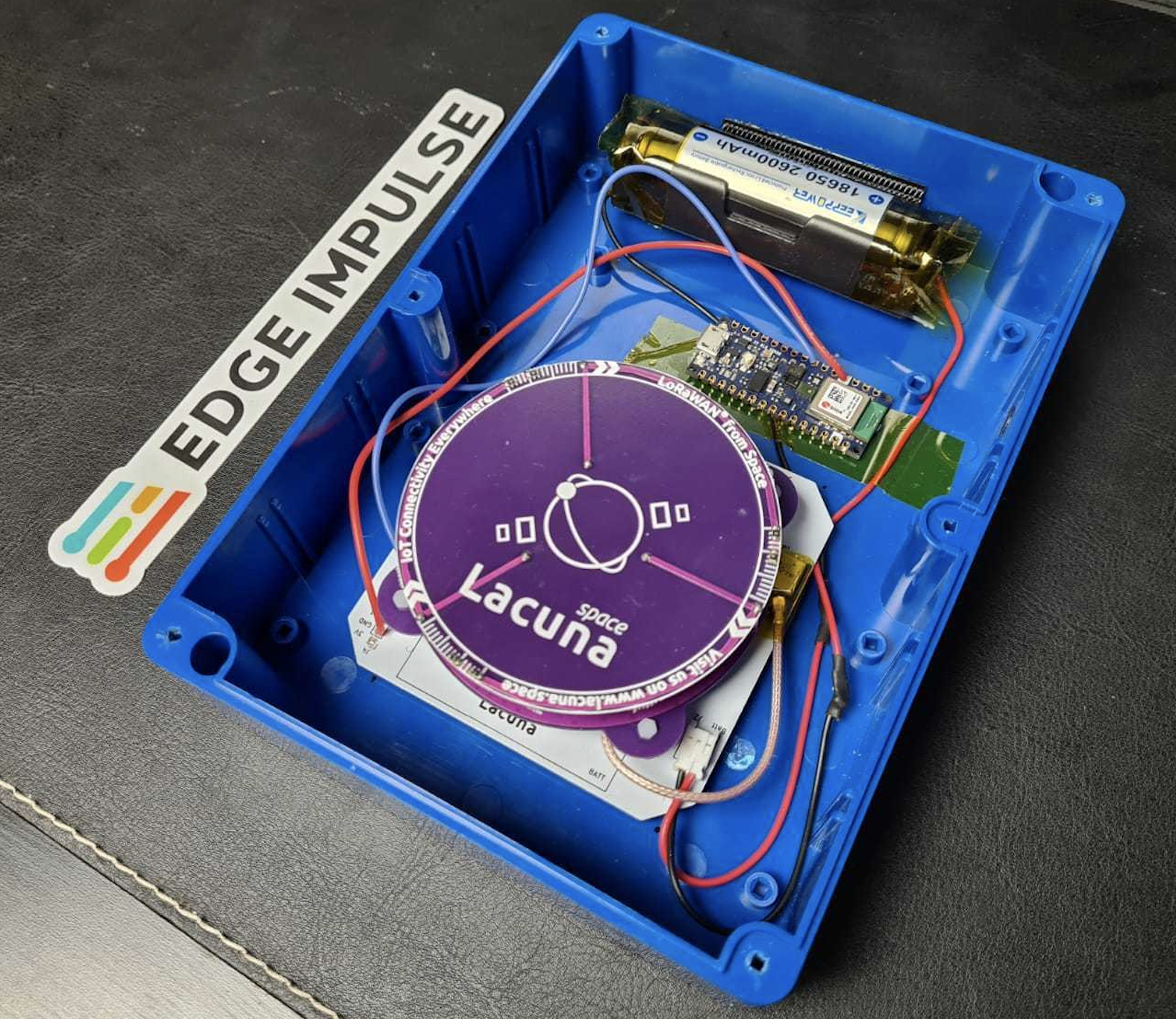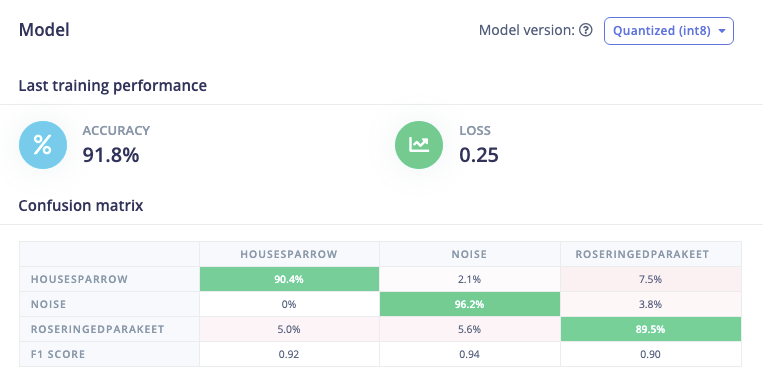Earlier this month we launched the ElephantEdge competition, aiming to create the world’s best elephant tracking device to protect elephant populations that would otherwise be impacted by poaching. In this similar vein, this blog will detail how Lacuna Space, Edge Impulse, a microcontroller and LoraWAN can promote the conservation of endangered species by monitoring bird calls in remote areas.
Over the past years, The Things Networks has worked around the democratization of the Internet of Things, building a global and crowdsourced LoraWAN network carried by the thousands of users operating their own gateways worldwide. Thanks to Lacuna Space’ satellites constellation, the network coverage goes one step further. Lacuna Space uses LEO (Low-Earth Orbit) satellites to provide LoRaWAN coverage at any point around the globe. Messages received by satellites are then routed to ground stations and forwarded to LoRaWAN service providers such as TTN. This technology can benefit several industries and applications: tracking a vessel not only in harbors but across the oceans, monitoring endangered species in remote areas. All that with only 25mW power (ISM band limit) to send a message to the satellite. This is truly amazing!
Most of these devices are typically simple, just sending a single temperature value, or other sensor reading, to the satellite - but with machine learning we can track much more: what devices hear, see, or feel. In this blog post we’ll take you through the process of deploying a bird sound classification project using an Arduino Nano 33 BLE Sense board and a Lacuna Space LS200 development kit. The inferencing results are then sent to a TTN application.
Note: Access to the Lacuna Space program and dev kit is closed group at the moment. Get in touch with Lacuna Space for hardware and software access. The technical details to configure your Arduino sketch and TTN application are available in our GitHub repository.

Our bird sound model classifies house sparrow and rose-ringed parakeet species with a 92% accuracy. You can clone our public project or make your own classification model following our different tutorials such as Recognize sounds from audio or Continuous Motion Recognition.

Once you have trained your model, head to the Deployment section, select the Arduino library and Build it.

Import the library within the Arduino IDE, and open the microphone continuous example sketch. We made a few modifications to this example sketch to interact with the LS200 dev kit: we added a new UART link and we transmit classification results only if the prediction score is above 0.8.
Connect with the Lacuna Space dashboard by following the instructions on our application’s GitHub ReadMe. By using a web tracker you can determine when the next good time a Lacuna Space satellite will be flying in your location, then you can receive the signal through your The Things Network application and view the inferencing results on the bird call classification:
{
"housesparrow": "0.91406",
"redringedparakeet": "0.05078",
"noise": "0.03125",
"satellite": true,
}No Lacuna Space development kit yet? No problem! You can already start building and verifying your ML models on the Arduino Nano 33 BLE Sense or one of our other development kits, test it out with your local LoRaWAN network (by pairing it with a LoRa radio or LoRa module) and switch over to the Lacuna satellites when you get your kit.
---
Aurelien Lequertier, Lead User Success Engineer at Edge Impulse - Jenny Plunkett, User Success Engineer at Edge Impulse - Raul James, Embedded Software Engineer at Edge Impulse
